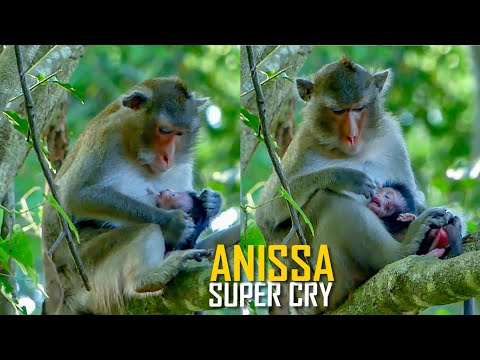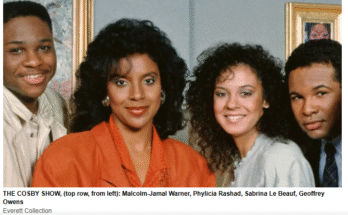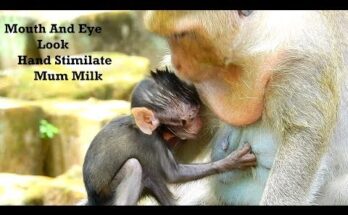
In one of the most heart-wrenching scenes ever captured in the wild, newborn baby monkey Anissa enters the world not to the warmth of a mother’s arms—but to rejection, confusion, and pain. Just seconds old, her fragile body trembles on the forest floor, greeted not by gentle grooming or milk, but by cold indifference.
No Welcome Into the World
Mother monkey Anna, a seasoned female with a troubled past, shows no signs of maternal bonding. Instead of embracing her newborn, she pushes her away, refusing even basic contact. Each time Anissa cries—soft, helpless sounds that echo under the jungle canopy—Anna responds with detachment, or worse, with a dismissive shove.
“Stay away.” That was the only message Anissa received from the one who was supposed to protect her.
Why Would a Mother Reject Her Newborn?
To human eyes, Anna’s behavior seems cruel. But in primate behavior, maternal rejection is rarely random—it is often tied to stress, survival instincts, or previous trauma. Anna’s last infant didn’t survive, and it’s believed the emotional toll has left her withdrawn and guarded.
In unstable monkey troops, mothers are constantly under threat—from dominant females, food scarcity, and even aggressive males. If a newborn shows signs of weakness, the harsh laws of nature sometimes lead mothers to emotionally detach to preserve energy for future, stronger offspring.
A Cry for Comfort… Unanswered
Anissa’s attempts to bond are both painful and brave. She crawls toward her mother’s chest, tiny limbs shaking, only to be met with a firm slap. It wasn’t enough to injure her—but it was enough to send a clear, heartbreaking signal: You are not welcome.
Nearby troop members look on in uneasy silence. One young female, touched by sympathy, briefly approaches the crying infant, sniffs her gently… but backs away. The emotional isolation continues.
Alone on the Forest Floor
As time passes, the newborn grows weaker. Covered in dirt, unable to lift her head, Anissa lies curled and alone—mere feet away from a mother who should have been her lifeline. Anna, meanwhile, sits grooming herself, ignoring her baby’s fading cries.
The bond that should have been instant was broken before it could even begin.
Will There Be Hope for Anissa?
Sometimes, mothers soften after initial rejection. There is still a chance Anna will change her mind and accept Anissa. But in many cases, the bond is never repaired, and the infant must rely on others—or be left to fate.
This emotional video is a stark reminder of the brutal reality of life in the wild. While motherhood is often celebrated for its beauty and power, nature sometimes rewrites the script. For baby Anissa, love may not come easy—but her will to survive is already remarkable.
🧠 What This Scene Teaches Us
- Maternal rejection in animals is complex, not always rooted in cruelty
- The jungle can be both beautiful and brutal
- Even animals grieve, hesitate, and carry trauma
🎥 Watch the Full Video
👉 See baby Anissa’s emotional first hours—and witness the raw, real challenges newborns face in the wild.
💬 Let us know in the comments—should other monkeys or caretakers intervene in situations like this?
📌 Don’t forget to like, share, and subscribe for more real-life stories from the animal kingdom.


